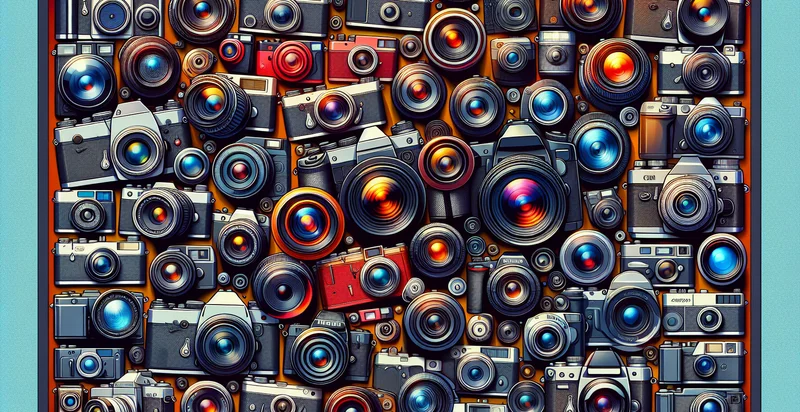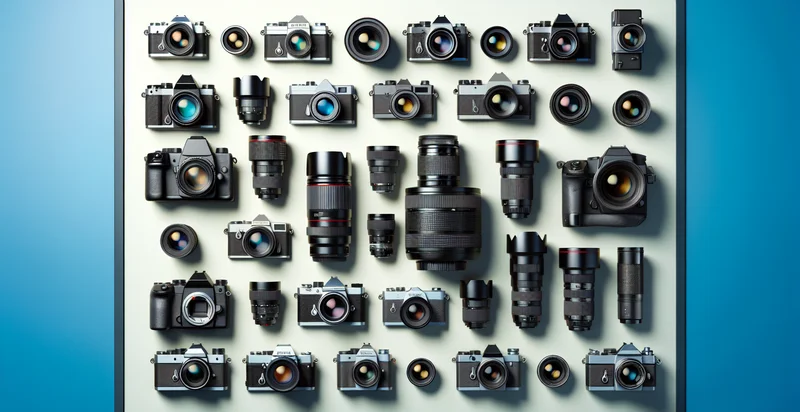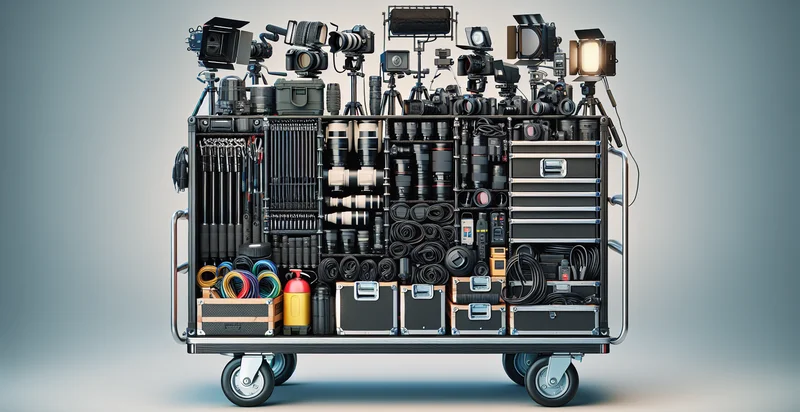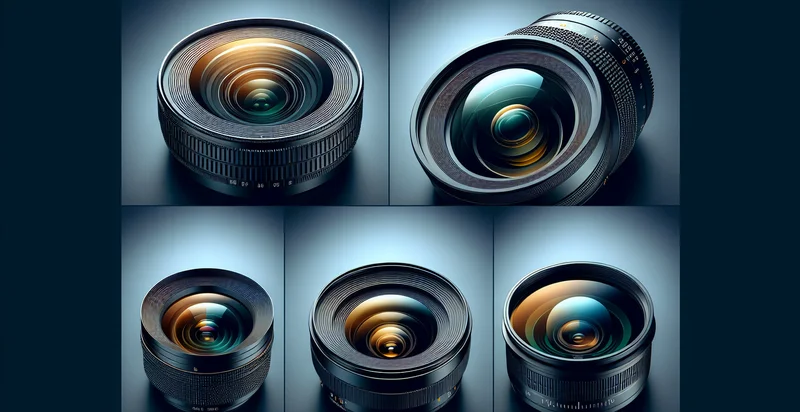Identify camera types
using AI
Below is a free classifier to identify camera types. Just upload your image, and our AI will predict what type of camera it is - in just seconds.

Contact us for API access
Or, use Nyckel to build highly-accurate custom classifiers in just minutes. No PhD required.
Get started
import nyckel
credentials = nyckel.Credentials("YOUR_CLIENT_ID", "YOUR_CLIENT_SECRET")
nyckel.invoke("camera-types", "your_image_url", credentials)
fetch('https://www.nyckel.com/v1/functions/camera-types/invoke', {
method: 'POST',
headers: {
'Authorization': 'Bearer ' + 'YOUR_BEARER_TOKEN',
'Content-Type': 'application/json',
},
body: JSON.stringify(
{"data": "your_image_url"}
)
})
.then(response => response.json())
.then(data => console.log(data));
curl -X POST \
-H "Content-Type: application/json" \
-H "Authorization: Bearer YOUR_BEARER_TOKEN" \
-d '{"data": "your_image_url"}' \
https://www.nyckel.com/v1/functions/camera-types/invoke
How this classifier works
To start, upload your image. Our AI tool will then predict what type of camera it is.
This pretrained image model uses a Nyckel-created dataset and has 15 labels, including 360 Degree Camera, Action Camera, Bridge Camera, Compact Camera, Dslr, Film Camera, Instant Camera, Large Format Camera, Medium Format Camera and Mirrorless.
We'll also show a confidence score (the higher the number, the more confident the AI model is around what type of camera it is).
Whether you're just curious or building camera types detection into your application, we hope our classifier proves helpful.
Related Classifiers
Need to identify camera types at scale?
Get API or Zapier access to this classifier for free. It's perfect for:
- Retail Camera Classification: Retailers can use the camera types identifier to automatically classify and label images of different camera models in their inventory. This can enhance product categorization on e-commerce platforms, making it easier for customers to find specific products. Additionally, it can streamline inventory management by reducing human error in classification.
- Insurance Claim Processing: Insurance companies can employ this function to identify the type of camera involved in claims related to photography or videography. By accurately classifying camera types, insurers can assess claim validity more effectively and expedite the claims process. This enhances operational efficiency and improves customer satisfaction.
- Event Photography Analysis: Event organizers can utilize the camera types identifier to evaluate the quality and type of equipment used by photographers during events. This data can be beneficial for selecting photographers whose equipment aligns with the event's needs. Moreover, analysis can inform future bidding processes for similar events based on past performance.
- Social Media Content Filtering: Social media platforms can implement this function to filter and categorize uploaded images based on camera type. This can enhance user engagement by allowing users to search for content created with specific cameras, thus fostering a niche community. Furthermore, it can help in identifying high-quality content based on the equipment used.
- Academic Research: Research institutions can leverage the camera type identifier for studies in visual technology and media. By classifying images according to camera types used in captured photographs, researchers can draw correlations between equipment and image quality or compositional styles. This adds a quantitative dimension to qualitative studies in visual arts and technology.
- Online Photography Communities: Online platforms dedicated to photographers can use this tool to create a database of photographs categorized by camera type. This encourages knowledge sharing among photographers about specific camera features and settings, enhancing the learning experience for users. Additionally, it can drive user contributions based on shared experiences with similar equipment.
- Product Development for Camera Manufacturers: Camera manufacturers can analyze market competition by using the identifier to classify images of competing products showcased online. This data can inform R&D teams about popular features associated with different camera types, guiding future product enhancements and marketing strategies. It can also assist in understanding consumer preferences and trends within the photography market.


